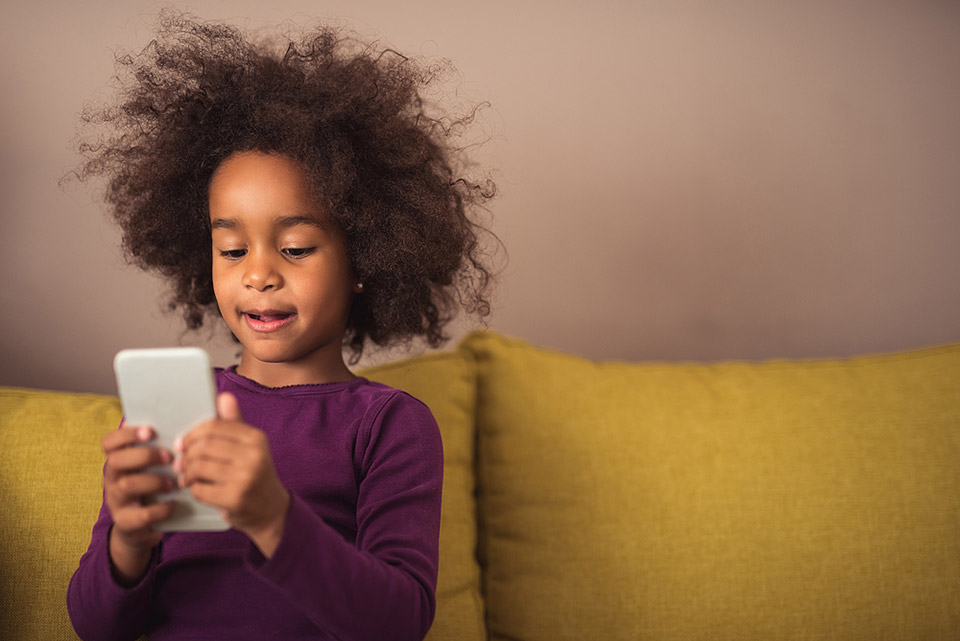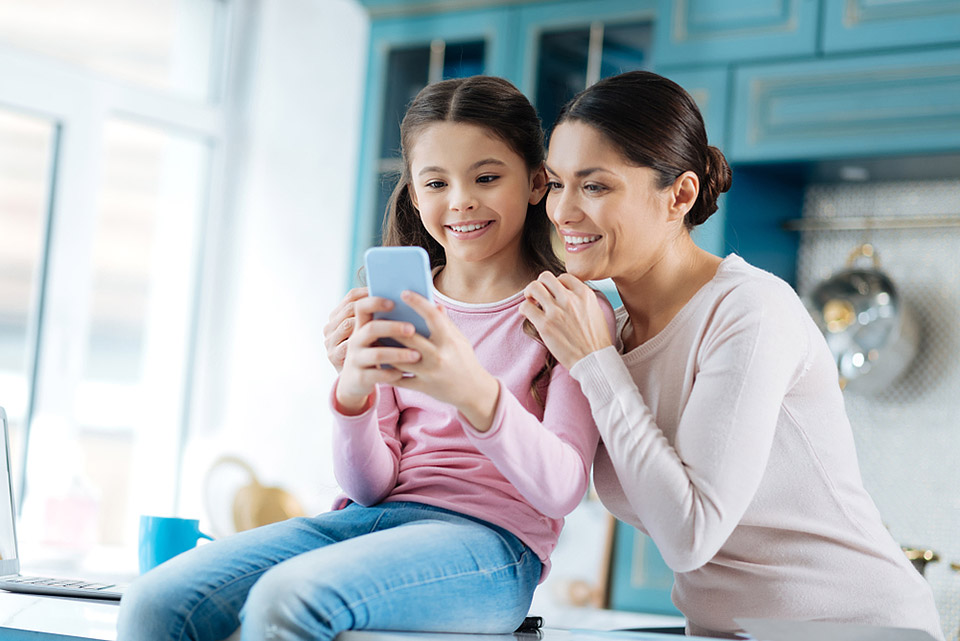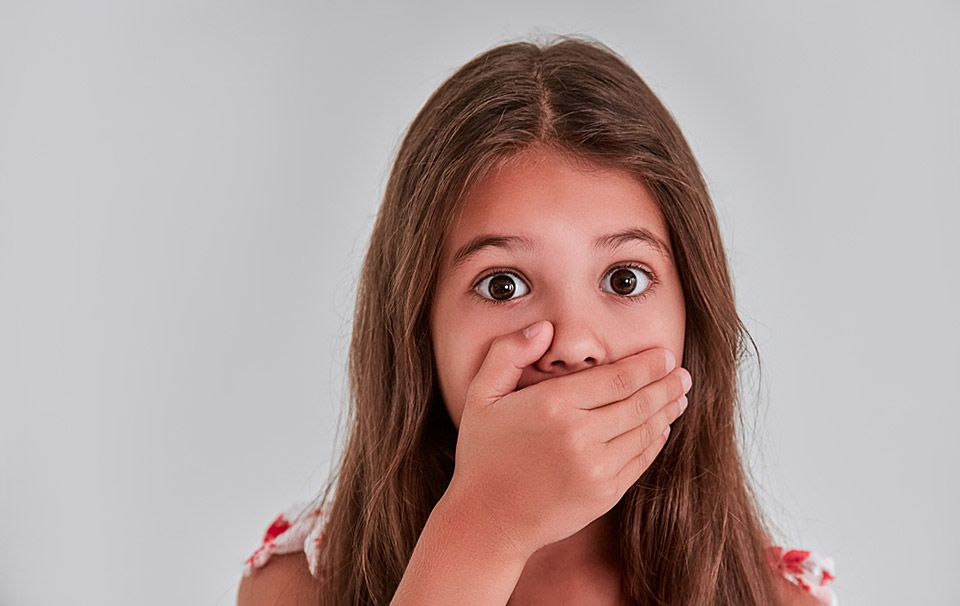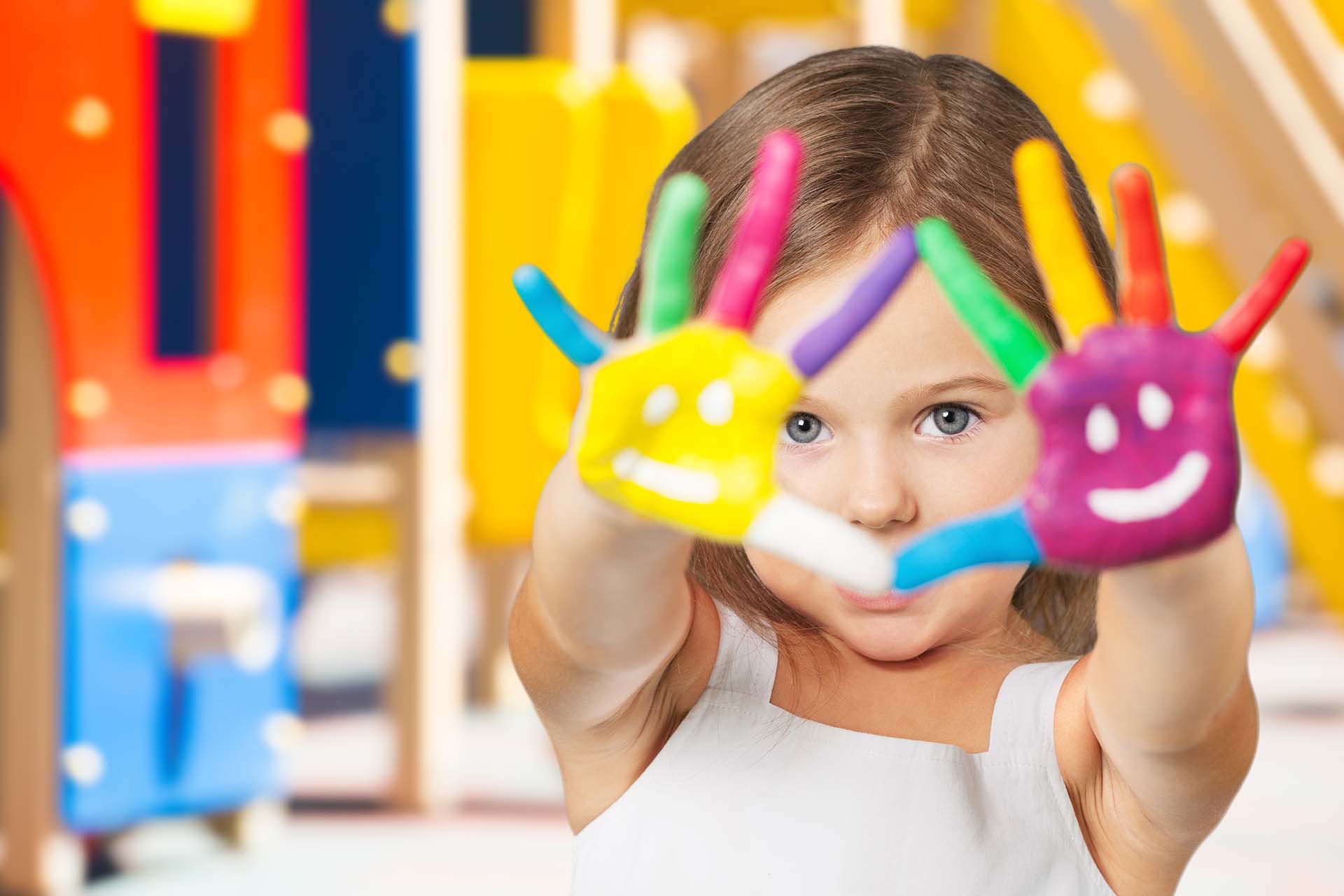
Safety in the Sun
December 18, 2024
Swimming Safety Tips
December 18, 2024By Susannah Wollman
At what age should kids be allowed to use social media?
Although it seems that kids nowadays are practically born with a cell phone, social media is not meant for young kids. Even though most social media platforms (Facebook, Twitter, Instagram, etc.) require users to be at least 16, it’s quite easy for a younger person to sign up by faking his or her birthdate. Before the age of 16, social media platforms (and the internet) are not legally allowed to collect, process and store their data. However, when you as a parent help a younger child set up a social media profile by faking the child’s birthdate (or if the child does it himself), it allows social media to know way too much about your child.

Is social media safe for kids?
For teenagers, social media is an important part of who they perceive themselves to be. Most—if not all—of their friends are on several platforms, which means they want to be, too. It is helpful for kids to access creative ideas on Instagram or keep in touch with far away friends on Facebook. Unfortunately, younger kids are on those social media platforms, too—and so are predators. Kids are subjected to cyberbullying and inappropriate content when they register as teenagers or adults. The younger a child is when using social media, the more likely she is to revealing information that can do them harm. A good rule of thumb is the WWGS checkpoint. What would Grandma say? Sounds silly, but if they stop to think whether they’d like to have Grandma see what they’re seeing and doing, it helps them look at things from a different perspective.

Should my kid use social media?
The fact is, in America most social media allows kids from 13 and up to have social media profiles. (They still can’t collect or use data.) Younger children may not realize the potential for harm from something they post. “At ages 7 to 11, children are still thinking very concretely, and they haven’t yet developed the ability to consider hypothetical situations,” explains Lisa Strohman, Ph.D., founder and director of the Technology Wellness Center and coauthor of Unplug: Raising Kids in a Technology Addicted World. A nine-year old girl might think that sharing a video of herself dancing to her friends might be fun, but chances are unlikely that she may also realize that other people could use her video to sell products or that others might post mean comments that will hurt her feelings (and may lead to cyberbullying).

Having the conversation
The first thing to realize is that most kids are not learning about social media from their parents early enough. By the time she is 9 or 10, her friends will tell her about Instagram, Facebook, and the very popular Snapchat. So start earlier. Talk to your kids about social media before they get inaccurate information from their friends.
Don’t let your friends inform you about social media, either. Check out the platforms yourself, especially their privacy policies. If you don’t have an account on the platform you’re thinking about letting your child use, get one. Use it yourself and learn the ins and outs.
Pretend you’re introducing your child to the adult pool. Go in together the first few times and stay near enough to rescue her if you see her struggling or troubled.
Ask questions. Make sure you and your child both know why she wants an account and what she thinks it would look like for her. Talk about the fun side of social media and help her know what to look out for.
Make privacy a priority. Tell your child to never share personal information online and never friend someone she doesn’t know. If something makes her uncomfortable, make sure she knows she can come to you for help.
Enforce good etiquette. When someone talks mean to your child, she’ll feel hurt. Make her understand that it is never okay to post something that will hurt someone else’s feelings. Since tone-of-voice is impossible to hear in a post, remind her how she says something is as important as what she says.
Agree to be fans of each other. If she knows that you won’t post something embarrassing to her on her Instagram account, she should agree to allowing you to be one of her followers. Assure her that you will not be “checking up” on her but only watching out for her safety.
Make an agreement. Write it down and both of you sign it. You agree that the following six things will NEVER be shared.
- Personal IDs. This should go without saying but say it anyway. Teach your child not to post social security numbers, credit card numbers, or even account passwords in any messages online. No sharing photos with credit cards or other private information, either. Stealing your child’s identity can be prevented.
- Home/mailing address. All it takes is GPS to find an address. Street View of Google Maps is a quick way to identify a house, so no sharing pictures or videos with the house in the background or with street signs in view.
- Anything of a medical nature. Your child’s medical history and records can lead to stolen identity. While we love hearing stories of children defeating illnesses and injuries, personal information shouldn’t be a part of the story.
- When you’re going to be out of town. It’s okay for them to share that they’re going on vacation, but not when. In fact, it’s a much better idea to post after you return so no one knows your house is empty.
- Personal problems with other people. It might feel good to vent, but imagine how hurt your child would be if someone told all the details about an argument she had with a friend or information someone else meant for her to keep private. The golden one is the rule here. Don’t say anything online that she doesn’t want others to say about her.
- Inappropriate videos or photos. Basically, anything she wouldn’t want Grandma to see shouldn’t be shared. Any picture or video that could be misconstrued or misinterpreted will be. Don’t share anything that compromises herself or her friends. It’s a great idea to ask her friends to get her permission for anything they post that she’s included in.

Important information about Snapchat
Snapchat is a messaging app that is meant to allow users to send messages, photos, and videos in real time and then have them disappear. If you can’t figure out how it works, you’re not alone. Most parents can’t. But for kids, there’s something very appealing about snapping and then forgetting the moments of their day.
You’ve probably seen those cute little selfies of kids with kitty ears or rainbows and stars around their heads. These special effects and filters are silly and light-hearted and just beg to be shared. That’s the lighter side of Snapchat.
One of the misunderstood features of Snapchat is the idea that the message is deleted only seconds (1-10 seconds, with the default being 5) after it’s been sent. That misunderstanding is why the app was called the “sexting app” when it first came out. Kids thought they could send a racy photo to a boyfriend or girlfriend without it coming back to haunt them. However, the recipient can take a screenshot and repost the sexy photo so others can see it. Snapchat will notify the sender that the image has been captured but other apps won’t let them know it’s been reposted. Once it’s out there, it can be impossible to undo. Your child needs to know that nothing on the internet is ever really “gone.”
Snapstreaks are messages that two users have shared over a 24 hour period for three days in a row. Sometimes kids feel pressure to continue the streak so as not to let the other participant down. It can become disproportionately important to keep streaks going.
Snap Maps is a feature that allows your child to know where all her friends are in real time. “Ghost Mode” allows her to know where her friends are but doesn’t let them know she’s using Snap Maps. Unfortunately, most teens have contacts who aren’t really friends and whom they may not even know. That person could use Ghost Mode to locate your child without her knowing anything about it.
Discover is a feature that is Snapchat’s hub for brands and news outlets to release their own content every day. Discover stories have sponsored content from entertainment and news outlets such as Cosmopolitan, ESPN, BuzzFeed, and National Geographic. The outlets release content directed at kids but don’t necessarily filter what they send as appropriate or inappropriate.





